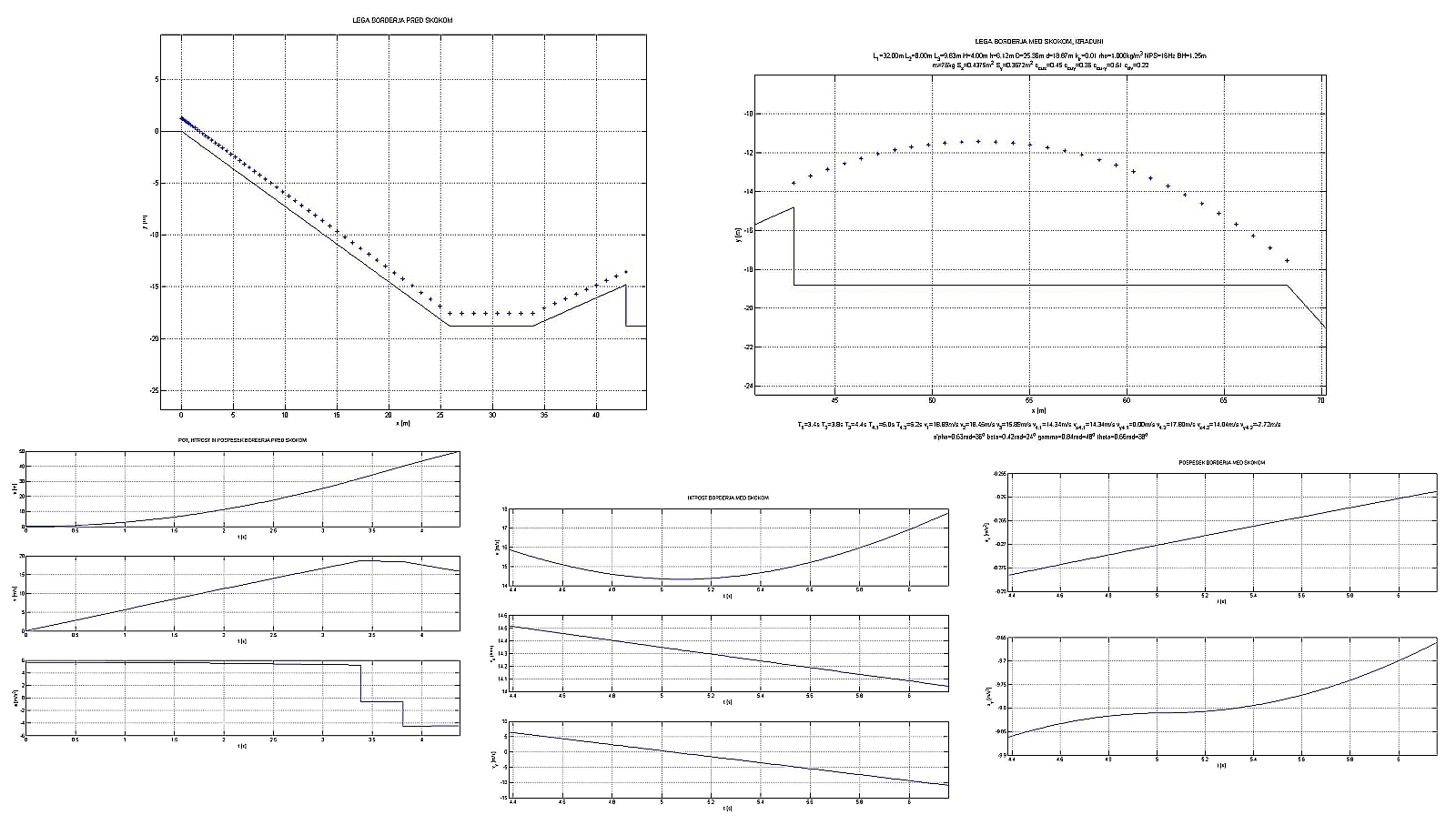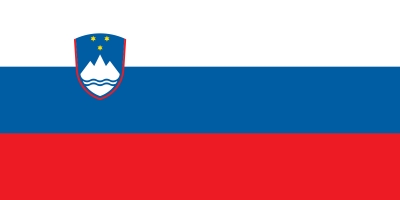| |
| |
Network analysis for businessRelations between individuals, company ownership and energy infrastructure are all examples of complex networks composed of a large number of interconnected components. Many such real-world networks reveal characteristic patterns of connectedness that are far from regular or random world. The study of the structure of large real-world networks is the focus of network theory, which is currently a very active research field and the foundation of many successful companies (e.g., Google). On the other hand, the application of the theory of large networks in Slovenia is mainly limited to the research community, while the transfer of knowledge to the industry is less pronounced. The latter is at least partly due to the fact that most of the developed algorithms are intended for the analysis of the selected characteristics of particular types of networks and do not address the real challenges of companies (in Slovenia) or are not directly applicable over the data sources that are generally available. Hence, the approaches do not respond to the real needs of the economy and are thus only of limited use in decision-making processes in companies. The aim of the project is the development of algorithms for the analysis of networks built from the data sources available to companies, in order to support the actual use cases in large companies (in Slovenia). The project will consider social networks representing the relations between the employees or the patterns of customer behaviour; economic networks that describe the company cash flow or trade; information networks based on the internal information and communication services, and other software solutions; technological networks, which represent some artificial infrastructure necessary for the company; and selected other networks. Work on the project will include an assessment of the existing network analysis algorithms for the support of the relevant use cases, development of customised algorithms to support selected use cases and evaluation of the developed algorithms in a large company in Slovenia. |  |
|
|
| | | |
| | | |
| |
Data stream miningThe system for analysis and mining of data streams enables automated forecasting of a selected target attribute for a specified time interval in the future. The true values of the target attribute are else provided by a separate data stream. Thus, at every time step, the system predicts the future value of the target attribute for the current instance, and updates all the predictive models adopted by the system. For supervised learning of discrete target attributes, the system provides different classification algorithms, whereas for learning of numerical target attributes, the system provides different regression models. Furthermore, the system also includes a variety of methods for unsupervised learning (i.e., clustering) of an arbitrary target attribute. |  |
|
|
| | | |
| | | |
| |
Traffic simulatorTraffic simulator is an interactive application for simulating traffic flow on an arbitrary road network. The latter is based on a classical Nagel-Schreckenberg freeway model, while further enhanced with a stochastic model of vehicle dynamics based on traffic loads. Simulator can be employed for rapid exploratory analysis of traffic flow, analysis of traffic behavior in the case of extreme events, efficient and effective road planning, advanced traffic monitoring, enhanced on-board navigation with fast short-term traffic prediction, and other. |  |
|
|
| | | |
| | | |
| |
Snowborder jumpPosition, velocity and acceleration of a snowborder jumping over a predifined jump. |  |
|
|
For comprehensive list of projects see Laboratory for data technologies.
|
Home
|
December 28, 2025 1:14 PM
|
©2009-2015 Lovro Šubelj
 |
Last change: August 1st, 2015
|
Last change: August 1st, 2015
|
|
| |

 |
Login
|
Login



